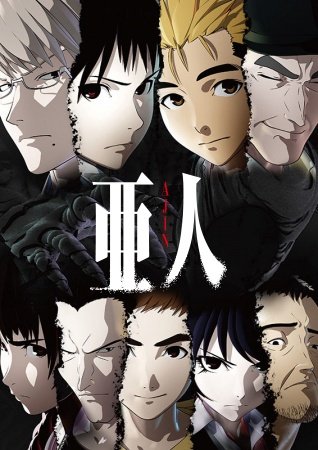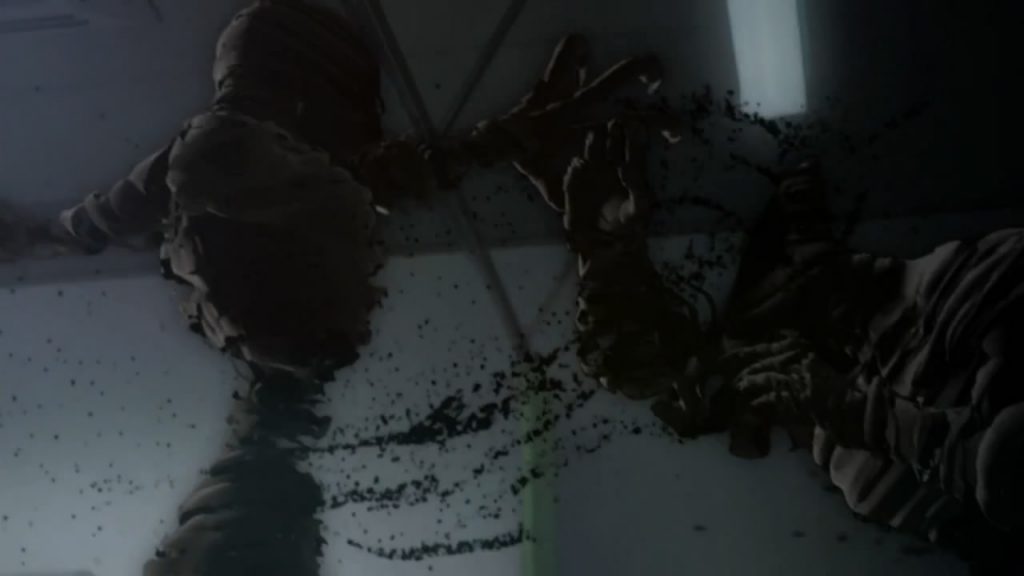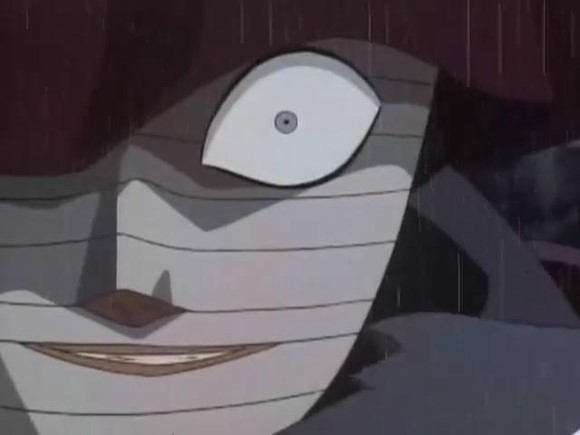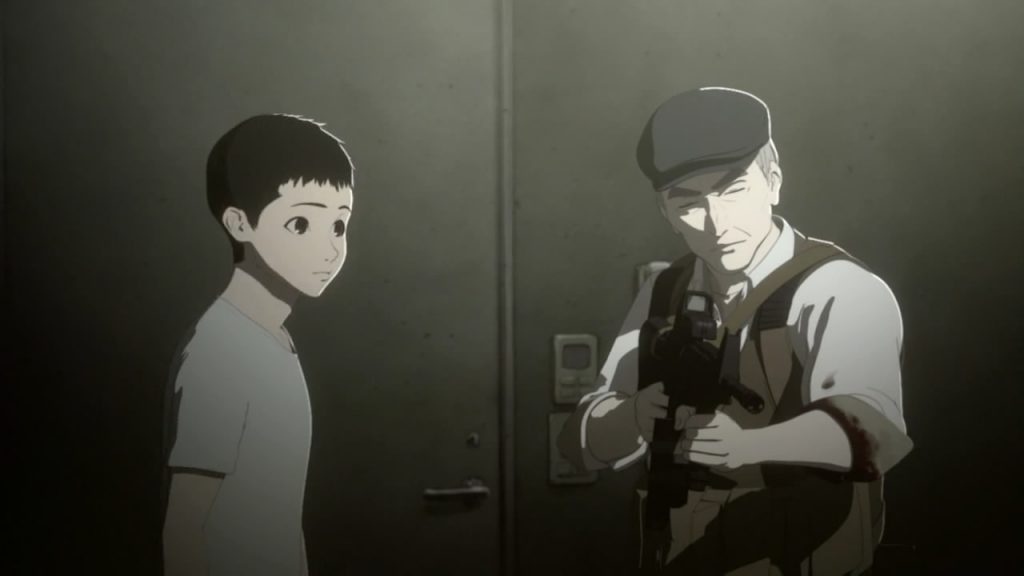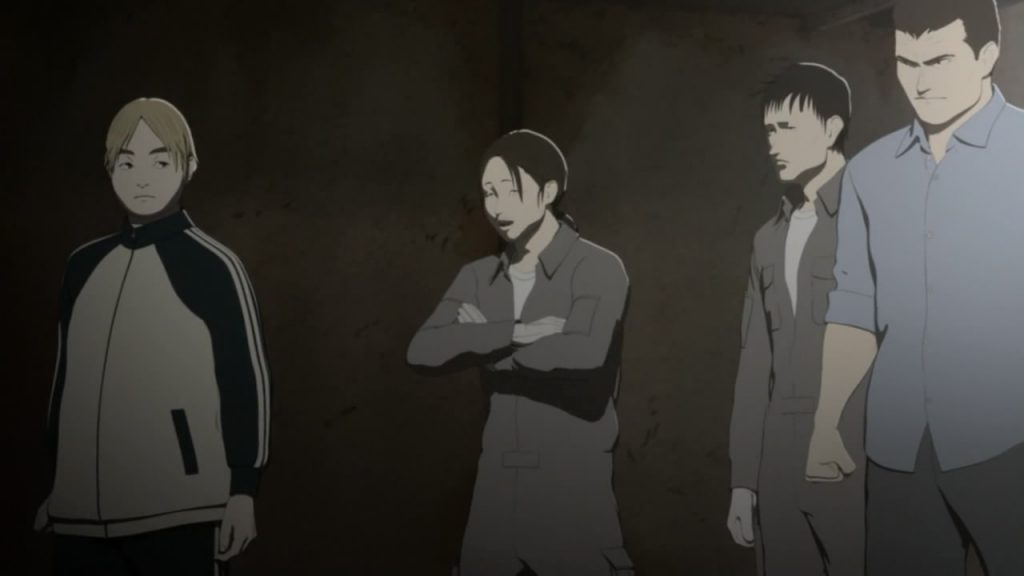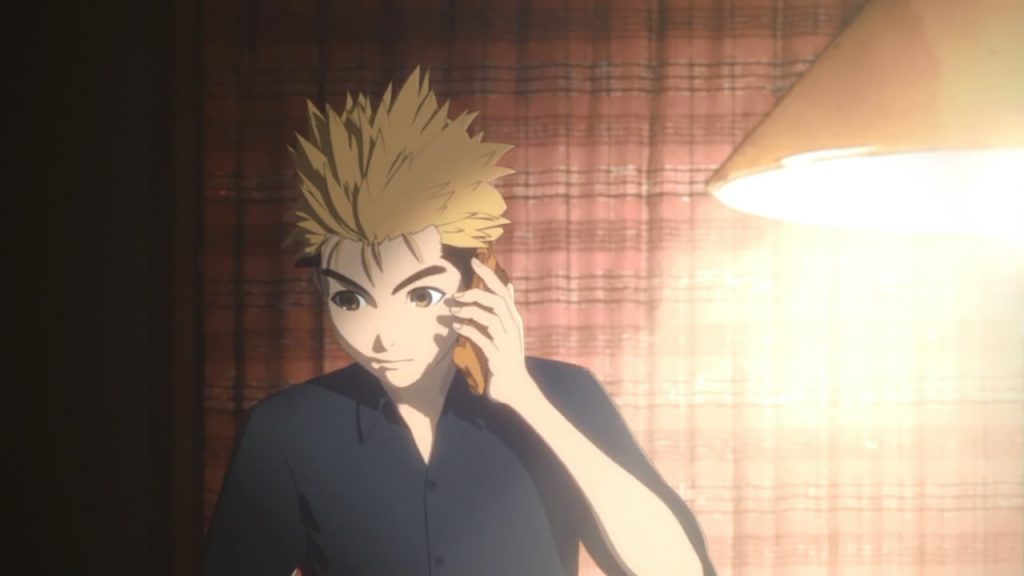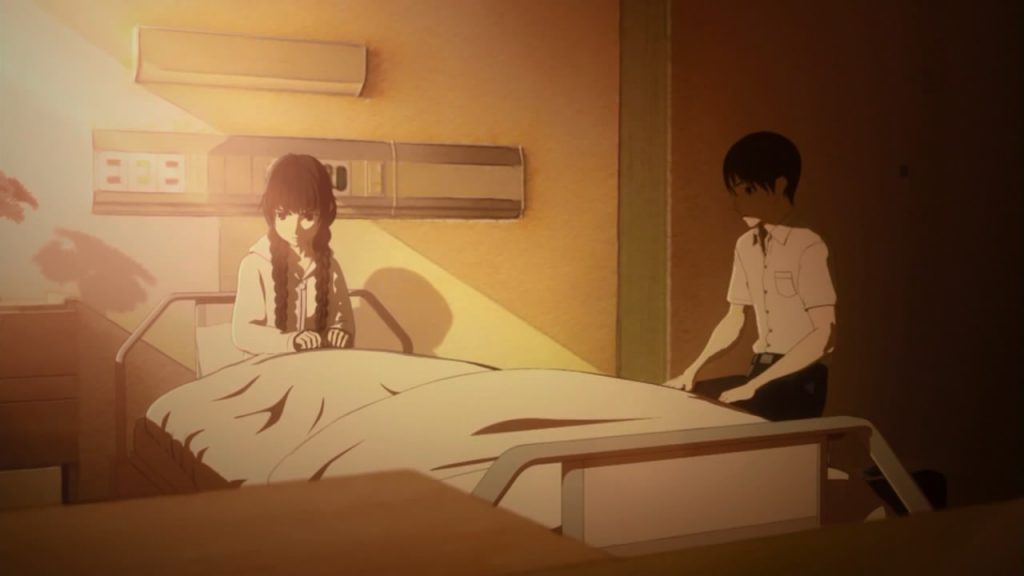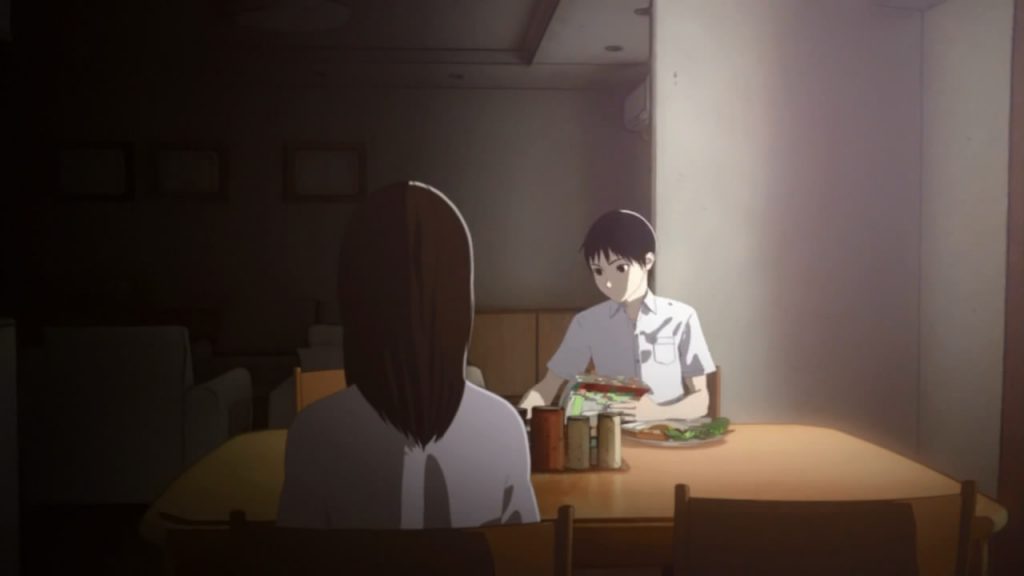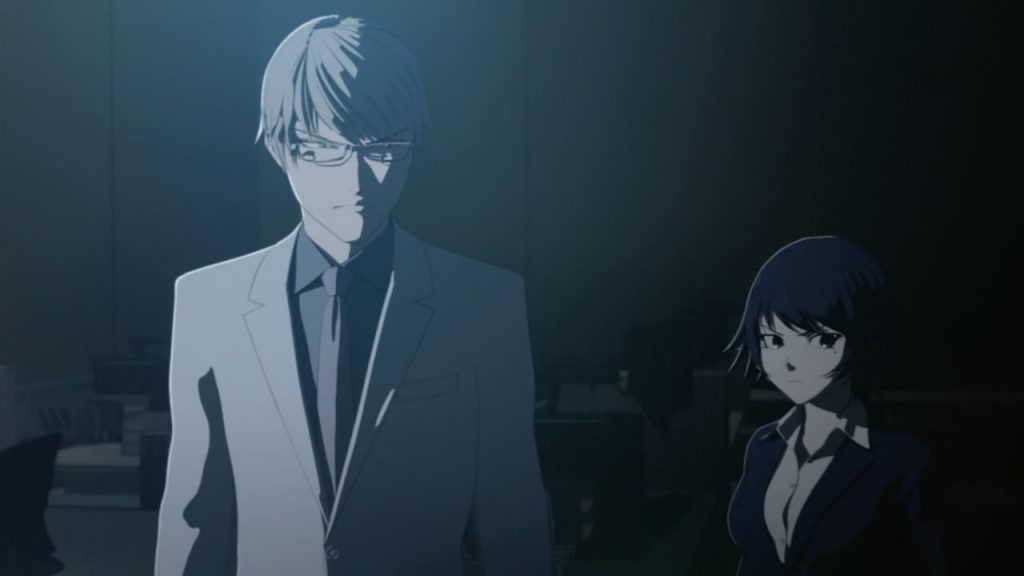Updated on October 20, 2017
Ajin season 1, an animation series that transcends its peers
Usually, I got to know a movie or a TV series by its trailer or word description, which very often give me a reliable impression of what it is, and more importantly, how good it is. That’s not the case for Ajin, which impressed me with its OP. I know songs don’t usually speak for the quality of the overall work, adding to that, it’s actually a human vocaloid of its OP parodying the infamous fertilizer Jinkela. To me, this is just the first thing unorthodox about the Ajin series.
The plot of the Ajin series is not the most fascinating. After being hit by a truck, protagonist Kei Nagai discovered he is actually an Ajin, a species that would automatically regenerate soon after death. Being hunted by authorities, Ajin went on the run with his best and only friend Kaito…
For such a plot, the Hollywood is not short of the man-on-the-run or good-man-wrongly-accused kind of movies, Wikipedia could make a list of it. Ajin could easily be buried among the many mundane works under these genres. But with the added feature of Ajin’s immortality and significant extra length of an animated series compared to a movie, the Ajin series could accommodate (and deserve) much more than two hours’ popcorn. It did, judging only with the first season out consisting of 13 episodes and apparently, part of the overall story.
It’s not hard to notice the humble origin of the Ajin series from a not-so-popular magazine good! Afternoon. So when it’s brought onto screen, one shouldn’t expect the kind of flawless storytelling as an industry giant would. No, one can raise serious eyebrows about the plot, about why the all-important best friend Kaito who helped Kei escape police and empowered him to sustain torturous experiments in government labs suddenly disappeared from our view, about why we watched protagonist Kei in all his conscience saved the miserable lab scientist almost at the cost of his own escape, only to found him a few episodes later poisoning another Ajin, for the sake of his own safe haven. And there’s more…
Not to escape from the critics is the pioneering use of 3D computer graphics in Ajin series, and they do have their point. From the sluggish body movements to the emotionless facial expressions, it’s fair to say 3D CG’s could disappoint people. But when it comes to fighting, especially between the black ghosts made of plastic tapes and dust particles, nobody like the “bondage guy” from Detective Conan.
But with its rather ordinary origin, one would expect something different, something unique to marvel at, something that an obscure tabloid could offer while the all-rounded newspaper could not. For this, I shall bring it up against the Golaith, Tokyo Ghoul.
Tokyo Ghoul tells a similar story of the protagonist, who by accident, gained supernatural abilities and who was thus hunted by authorities, which employs no 3D by the way. With protagonists from both series being male students going supernatural, who happened to have but one friend that is a normal human being, there’s a lot in common between these two. The result: I watched all 13 episodes of Ajin in one night, I watched eight episodes of Tokyo Ghoul before I decided enough is enough.
Without 3D and particle effects as in Ajin, Tokyo Ghoul seems more like a carnival of blood from the very beginning, as if that is what the audience would feast on, and Tokyo Ghoul makes no taboo of it. So while Tokyo Ghoul is filled with vampires biting people or vampire’s tentacles piercing people, either of which would be blood and guts, in Ajin people could be simply shot dead and reboot, which make more refined scenes for fighting that are as attractive.
And with the absence of Tokyo Ghoul’s omnipresent blood to keep the audiences entertained constantly, the Ajin series could be set in a greyish, under-saturated tone, which corresponds so well to the moral of the series, of a negative view of human nature that calculates and exploits. We saw lab Ajins being ruthlessly experimented on, we saw child soldiers in the battlefield of Africa, we saw human trafficking in the back of a van, we saw underground organ and arms trade, we saw the notorious correlation between government agencies and industrial giants. If Tokyo Ghoul is about the gap between ghouls and people (as I perceived after 8 episodes), Ajin would be about the rift among people brought forward by Ajins. One can see this during the brief scenes before Kei turned Ajin, and the countless scenes ever since. A Sci-Fi is good when it goes out of mankind and reality to address issues within.
And there are plenty of merits to talk about, like the constant, smooth pace of storytelling, that is always pleasant, like the tiny details that unintentionally depict characters, that are usually there, but not too much, like the twists in the plot, that are often unexpected, but not unrealistic. Unlike most other Japanese animations that count how many tasteless punch lines they can throw, or how sizeable their bras can be, Ajin goes on stage as an educated gentleman telling a serious story. If they are rock concerts held in stadiums, Ajin would be Beethoven in a symphony hall.
Before I end, I must say something about the music, as I started. I used the metaphor of symphony hall before, and Ajin could stand up to that metaphor. The sound of crescendoing organ and then vocal as each episode ends with the preview of the next just gives people infinite impulse to continue watching. Only until when I write this do I notice that it has got lyrics, which fits quite well by the way.
The sad thing is that, in the eye of censorship, Tokyo Ghoul would be supernatural people fighting with tentacles, violent and bloody, Ajin would be the perfect handbook for ISIS, inflammatory and revolting. The former is censored, the latter is imprisoned.
References:
![]() Ajin season 1, an animation series that transcends its peers by Huang's Site is licensed under a Creative Commons Attribution-NonCommercial-ShareAlike 4.0 International License.
Ajin season 1, an animation series that transcends its peers by Huang's Site is licensed under a Creative Commons Attribution-NonCommercial-ShareAlike 4.0 International License.

